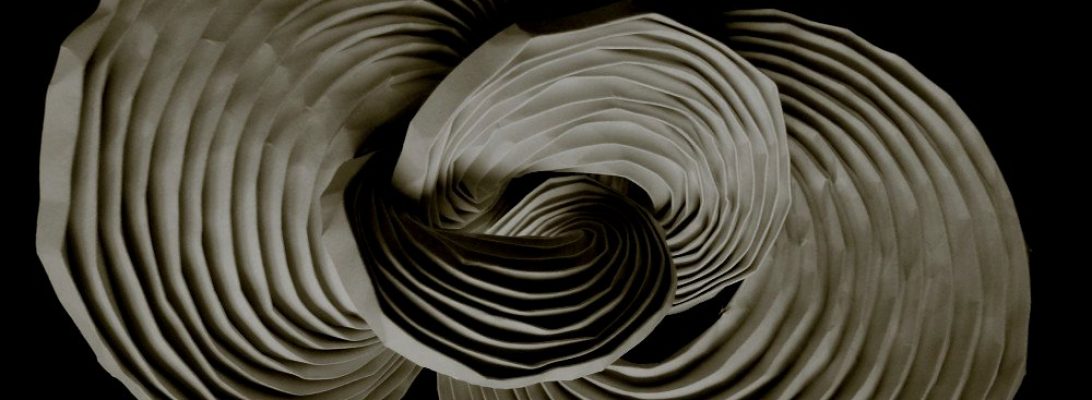You know when you get a song stuck in your head, and it will not go away? Usually the song is totally daggy but so solidly lodged in your psyche that it effects your judgement:
“Baby Elephant Walk” is stuck in my head at the moment – I will excorcise it with some Rammstein later but for now my mind turns to folding elephants. This is my first fold of John Montroll’s Elephant (taken from his book “Origami Sculptures”).
Not really happy with it – an early inaccuracy compounded through the model making the legs asymmetrical and the shoulders gape – you get that sometimes. I quite like the head/ears/trunk and the rear has modelling potential. I will fold this again, when I have more time, if I remember (unlike an elephant, I forget things all the time).

















































